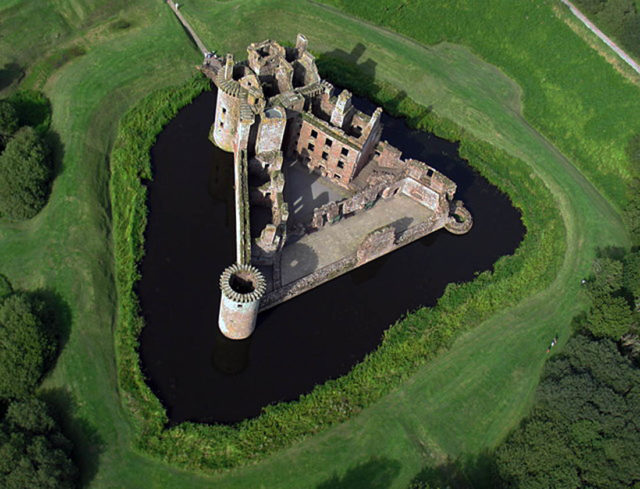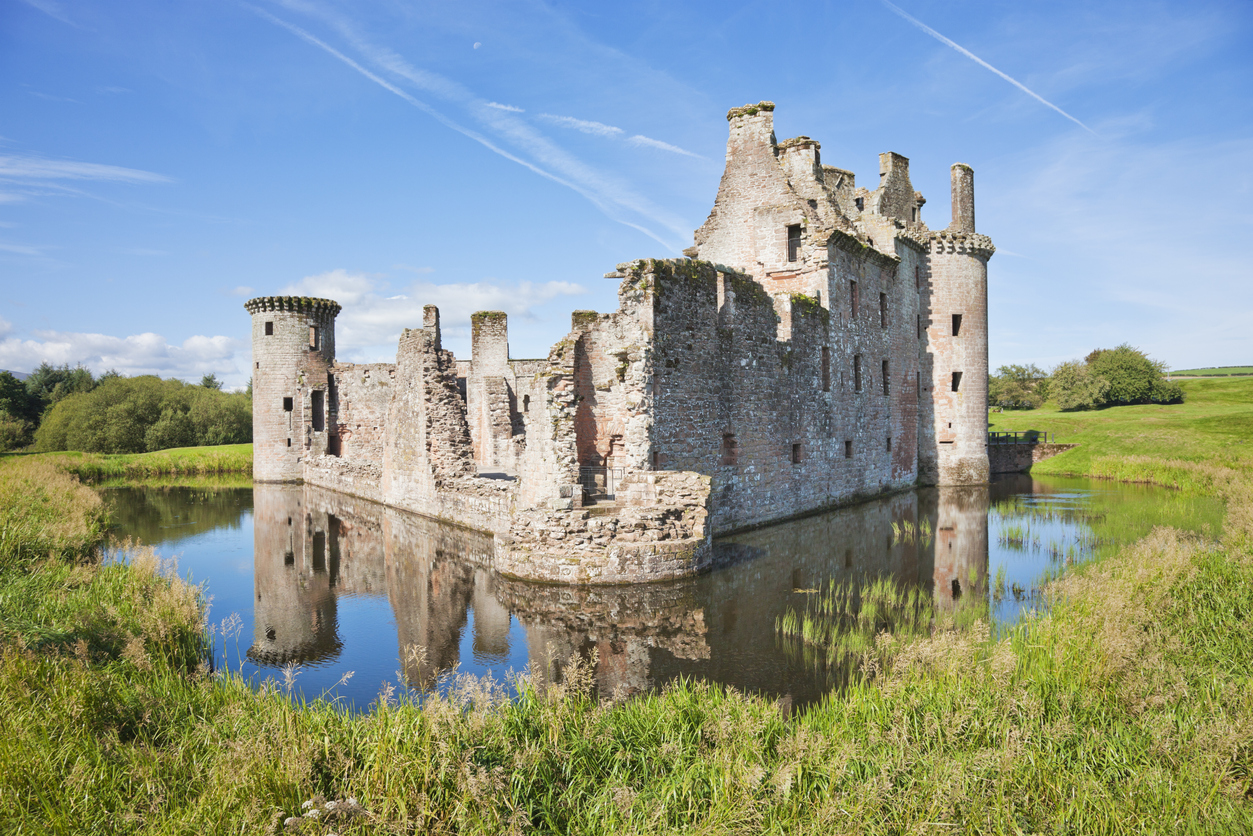On the south coast of Scotland, 11 kilometers (6.8 miles) from Dumfries, there is a rather popular tourist attraction, built in the 13th century, called Caerlaverock Castle.
The property is now under the supervision of the Historic Environment Scotland and is protected as a scheduled monument. The castle can be found on the northern edge of the 21 square miles that make up the Caerlaverock National Nature Reserve.
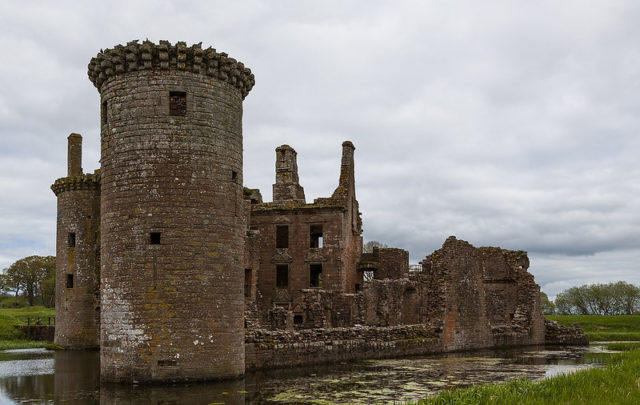
The earliest mention of this land dates back to the middle of the 12th century, when the land was granted to the monks of Holm Cultram Abbey. In about 1220, the King of Scotland handed over this parcel of land to Sir John Maxwell, who served as Chamberlain of Scotland until 1233. Previously, there had been a Roman fort and a British hill fort from 950 on this site.
Sir John Maxwell began work on what would become one of the earliest stone castles in all of Scotland. This original building was located about 200 meters south of what remains today. The building was square in shape and had an entrance facing north. He named his new home Caerlaverock.
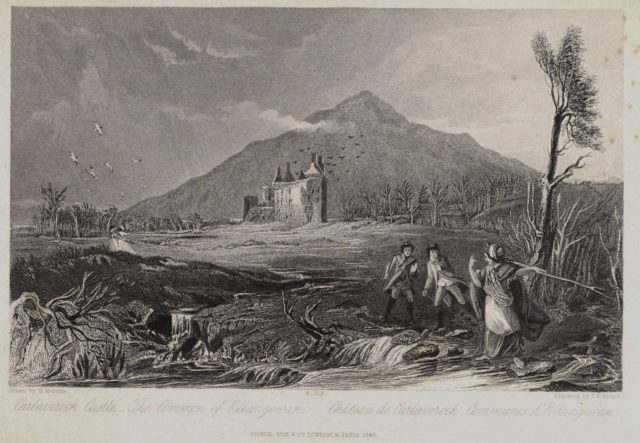
Unfortunately, the location was not well chosen, as the foundations were too close to Solway Firth and the castle was frequently flooded. In addition, the building was relatively small. Consequently, in the early 1260s, John’s brother and heir, Sir Aymer Maxwell, began construction on a second, grander castle to the north, away from the risk of floods.
This second castle was given an unusual triangular shape, and its grounds included stables, a brewhouse, workshops, and bakeries. A moat was dug around it to add an extra layer of defense. Construction was completed in the 1270s, and the property was occupied by Aymer’s son, Herbert Maxwell.
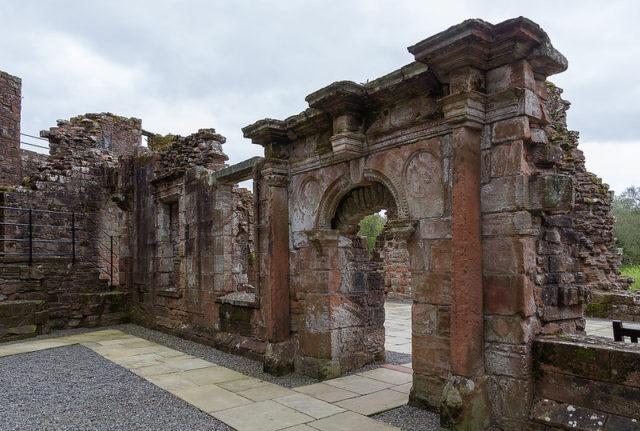
Caerlaverock Castle has been besieged many times over the years. The first time was in 1300, when the king of England, Edward I, laid siege to the castle. This action was taken in revenge for the garrison at Caerlaverock attacking English-held Lohmaben Castle the year before.
Even though only 60 men defended Caerlaverock Castle against 87 knights and 3,000 soldiers, the Scots managed to repel the English forces several times before being forced to surrender.
Due to the fact that an English herald recorded the event, this siege is notable as being one military operation about which historians have surprisingly accurate information.
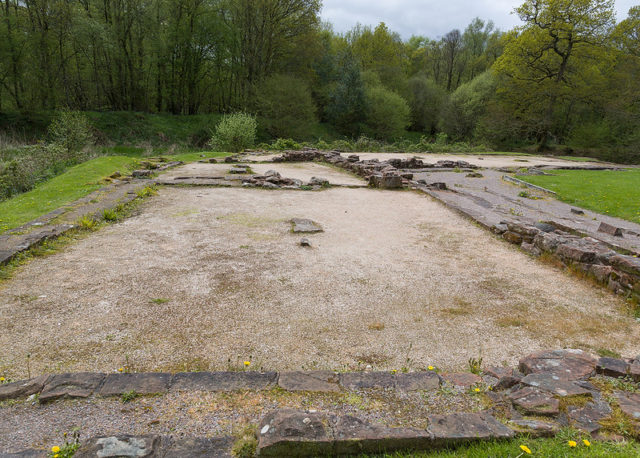
Once Caerlaverock had been taken, the English stayed there until 1312. At that point, the property was returned to Herbert’s grandson, Eustace, who supported John Balliol as the King of Scotland, a candidate approved by King Edward of England.
Eustace switched sides twice after that, first to support Robert the Bruce, then Edward Balliol, meaning that Caerlaverock was besieged several more times.
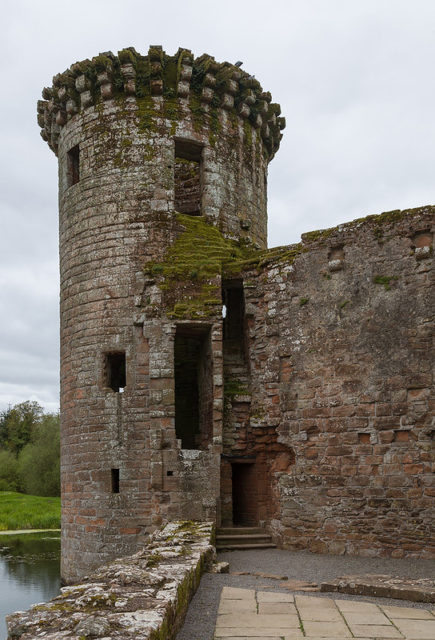
When the wars were finally over, the castle was in the possession of Sir Robert Maxwell. He carried out a major reconstruction in 1370, with work continuing into the 15th century. He repaired all the damage that the castle had sustained during the war, and most of the remains visible today date from that time.
The 16th century was full of conflicts between the English and the Scots, and Caerlaverock Castle was often targetted. The English captured the castle twice in 1544 and 1570. At that time, the castle was partially destroyed, its main gate being badly damaged. In the late 16th century, the 8th Lord Maxwell renovated the castle and built a new gate.
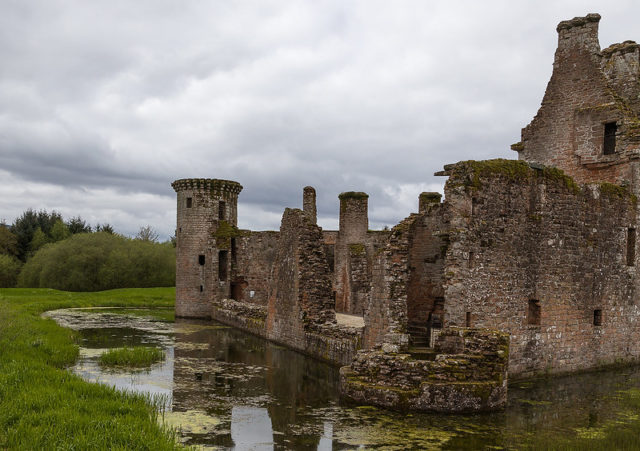
Caerlaverock Castle underwent a major renovation in 1634 by Robert, the 10th Lord Maxwell and First Earl of Nithsdale. He wanted the castle to reflect a more Renaissance style, so he built a magnificent mansion within the walls.
This addition on the eastern side became known as the Nithsdale Lodging, and he added many architectural details, such as coats of arms over doors, decorative stonework, and neoclassical columns.
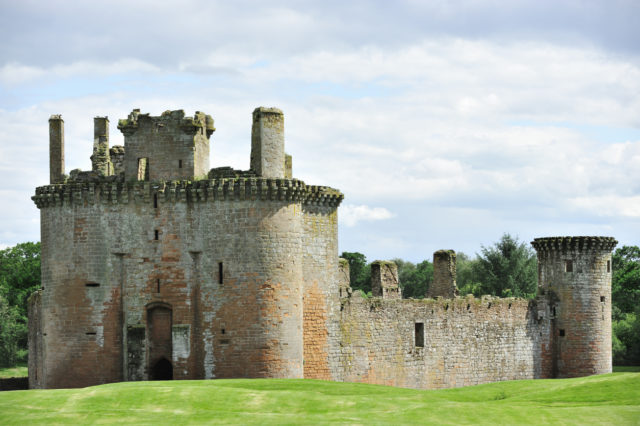
Being Catholic, the Maxwells faced much opposition from the Protestants. Having been besieged in 1570 when the Maxwells supported Mary, Queen of Scots, in 1640, the Protestant Covenant army laid siege to the castle for 13 weeks. Once the siege was over, the enemy forces destroyed the southern wall and tower.
The castle was not repaired after this attack, nor was it subsequently occupied. It had many owners before it was taken over by the state in 1946. It came to be a landmark in the Nith Estuary National Scenic Area.
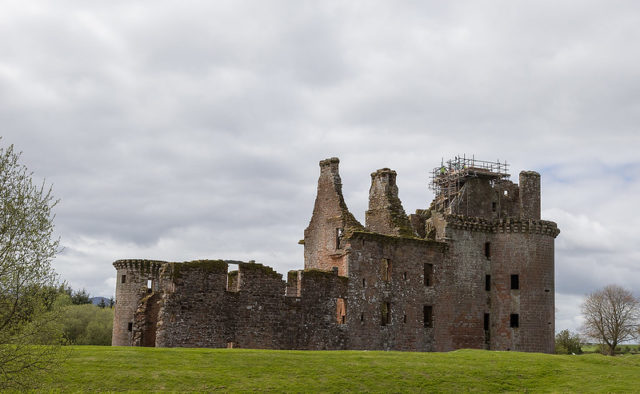
Nowadays, anyone can visit the castle. Caerlaverock is considered by some as one of the most picturesque castles in Scotland, partly due to its mixture of Renaissance and medieval architecture. It’s also possible to see the foundations of the earlier castle. A shop, café, and an exhibition about the history of the castle were built for visitors.
Historic Scotland organizes reenactments of the famous Siege of Caerlaverock from 1300. For nature lovers, the surrounding nature reserve is an internationally important overwintering site for waterfowl and wading birds. In 2011, Caerlaverock was the setting for the romantic comedy The Decoy Bride, starring David Tennant, Kelly McDonald, and Alice Eve.
The photos of this gorgeous castle were taken by Wallace Shackleton. A big thank you to him for giving us permission to share them in this article. Check out Wallace’s Flickr account.
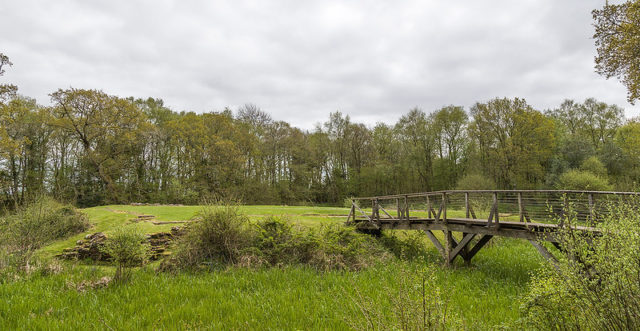
Another Article From Us: Abandoned Mansion of Alfred Nobel Creator of the Nobel Prize
